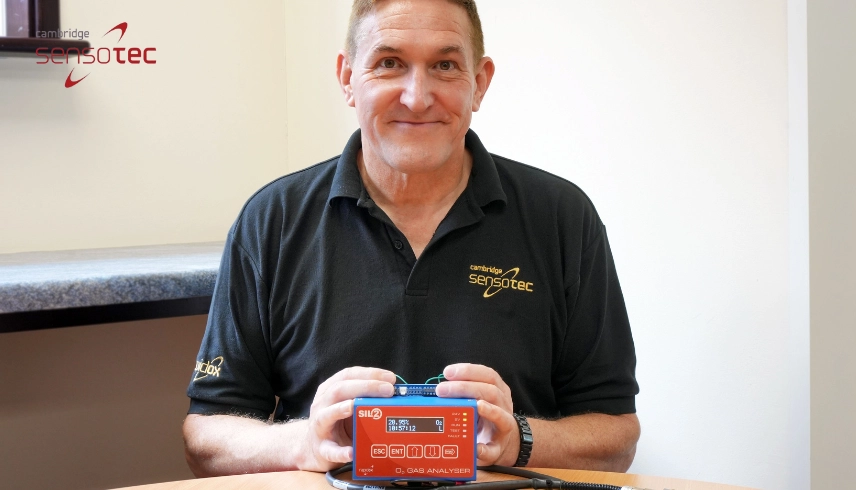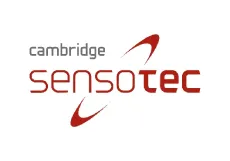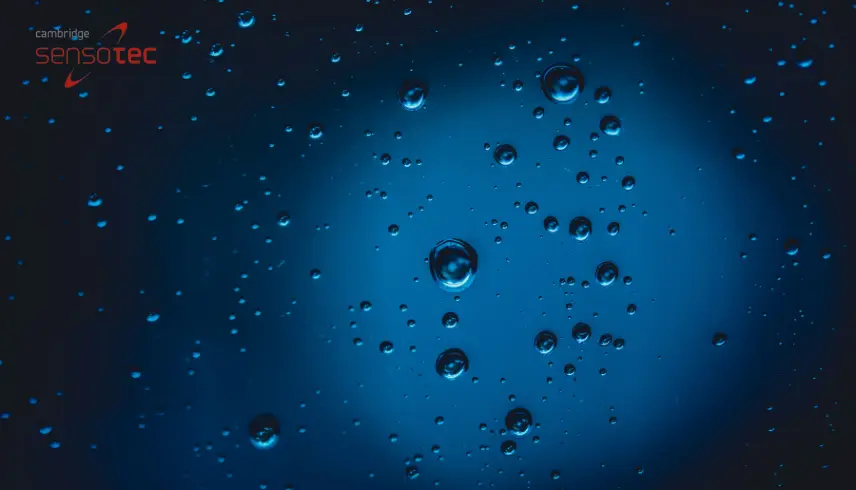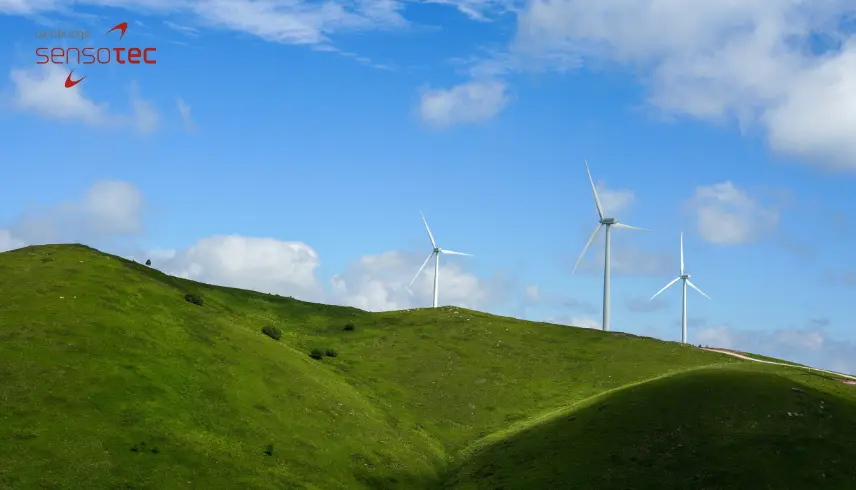

How to Measure Methane Concentration: Techniques, Trends, and Future Projections
Methane (CH₄) plays a dual role in our lives as a crucial energy source and a significant environmental concern. As a potent greenhouse gas and a critical component of the energy sector, understanding and controlling methane emissions is vital for both climate action and industrial efficiency. This article provides a comprehensive overview of methane measurement methods, the latest trends in methane monitoring, and future projections.
At Cambridge Sensotec, we bring decades of expertise and advanced technologies to methane monitoring. Let’s delve into the importance of measuring methane, the techniques available, and how our solutions can support a cleaner, safer, and more sustainable future.
Understanding Methane: Its Uses and Risks
Methane as a Resource
Methane is widely used as a clean-burning fossil fuel, favoured for its efficiency and lower carbon dioxide emissions compared to coal and oil. Found in natural reservoirs like underground deposits and permafrost, it is a cornerstone of energy production, heating, and industrial processes.
- Industrial Use: Methane is extracted for power generation, chemical production, and domestic energy needs.
- Clean Burning: It burns more cleanly than other fossil fuels, releasing fewer particulates and less carbon dioxide.
Methane’s Environmental Impact
While beneficial in controlled applications, methane becomes a significant environmental threat when released into the atmosphere. It is one of the most potent greenhouse gases, with a Global Warming Potential (GWP) 25 times higher than carbon dioxide over a 100-year period. Methane traps heat effectively, accelerating climate change.
- Greenhouse Effect: Uncontrolled methane emissions trap solar radiation, contributing disproportionately to global warming.
- Rising Emissions: Climate change-driven events like permafrost thawing are releasing vast quantities of methane.
Safety Concerns with Methane
Methane’s flammable nature makes it hazardous when concentrations build up in confined spaces. Additionally, while non-toxic at low levels, high concentrations can lead to oxygen displacement, posing health risks in industrial and enclosed environments.
- Explosive Risk: Methane can ignite when mixed with air at specific concentrations.
- Health Implications: High methane levels can cause suffocation in poorly ventilated spaces.
The Need for Methane Monitoring
Given its environmental, operational, and safety implications, measuring methane concentration has become a cornerstone of climate strategies and industrial best practices. Monitoring serves three key purposes:
- Environmental Compliance: Helps industries meet legal and regulatory requirements for emissions control.
- Operational Safety: Ensures workplaces remain safe by detecting leaks before they pose hazards.
- Efficiency and Cost Savings: Minimises resource loss from leaks, optimising industrial processes.
Techniques for Measuring Methane Concentration
1. Optical Leak Imaging
Infrared (IR) cameras detect methane emissions visually by highlighting gas leaks in real time.
- Application: Widely used in oil, gas, and industrial facilities for non-intrusive leak detection.
- Advantages: Can screen hundreds of components per hour and operates in diverse environmental conditions.
2. Laser Leak Detection
Laser-based detectors analyse light absorption to identify methane concentrations.
- Use Cases: Effective for inaccessible locations, such as pipelines and offshore rigs.
- Features: Portable, fast, and capable of covering vast areas efficiently.
3. Enclosure Chamber Measurements
This method uses static or dynamic chambers placed over emission sources.
- Static Chambers: Capture methane levels over time in a controlled environment.
- Dynamic Chambers: Provide continuous, real-time monitoring of methane concentration and flow rate.
4. Tracer Gas Dispersion
Tracer gases are released alongside methane to map its dispersion and quantify emissions.
- Applications: Commonly used in agriculture and wastewater treatment to monitor emissions.
- Benefits: Provides detailed insights into methane movement and concentration changes.
5. Drones with Advanced Sensors
Equipped with laser or infrared technology, drones offer cutting-edge methane detection solutions.
- Advantages: Access hard-to-reach areas and detect even minute leaks.
- Industries: Primarily used in oil, gas, and energy sectors.
6. Gas Analyzers and Handheld Detectors
Portable analyzers measure methane concentrations on-site, delivering instant results.
- Key Features: GPS tagging for detailed data collection and ease of use across multiple environments.
7. Perimeter Monitoring
Sensors placed along facility boundaries measure methane levels within a source area.
- Limitations: External factors like wind can affect accuracy in outdoor settings.
Trends and Innovations in Methane Monitoring
Global Satellite Monitoring
Advanced satellite systems are transforming methane measurement, enabling global emissions tracking. Networks of high-resolution sensors provide comprehensive data, helping nations and industries tackle methane emissions effectively.
AI-Driven Methane Detection
Artificial intelligence and machine learning models are streamlining methane monitoring. Predictive algorithms identify potential leaks, ensuring proactive maintenance and resource efficiency.
Continuous Monitoring Systems
Real-time Continuous Emissions Monitoring Systems (CEMS) are becoming essential for industrial operations, offering instant data for compliance and operational improvements.
Future Projections for Methane Measurement
The future of methane monitoring is bright, driven by technological advancements and increasing regulatory focus. Key projections include:
- Affordable and Accessible Tools: Advances in technology will lower costs and improve portability.
- Enhanced Real-Time Tracking: Satellite networks and IoT devices will enable real-time global monitoring.
- Integrated Smart Systems: Smart facilities will use automated methane detection and mitigation systems.
At Cambridge Sensotec, we are committed to being at the forefront of these developments, providing innovative and reliable solutions.
Introducing the Rapidox 1100 Methane Analyser: Precision and Versatility
For industries requiring accurate, reliable, and cost-effective methane measurement, the Rapidox 1100 Methane (CH₄) Analyser stands as a superior solution. Designed and manufactured by Cambridge Sensotec, this analyser combines advanced sensor technology with exceptional build quality to meet the diverse needs of industrial, research, and safety applications. Whether you need precise readings for natural gas, biogas, or syngas, the Rapidox 1100 offers unparalleled performance.
Why Choose the Rapidox 1100 Methane Analyser?
The Rapidox 1100 is a trusted tool for methane detection across various industries, from energy and manufacturing to environmental monitoring. Here’s why it should be your go-to choice:
Wide Sensor Range for Flexibility
The analyser comes with a variety of infra-red (IR) sensor ranges, from 0–1% to 0–100% CH₄, allowing users to tailor the device to their specific requirements. For applications where other hydrocarbons are present, the tuneable laser diode (TLD) sensor ensures precise methane-only measurements.
Reliable and Safe Design
Safety is at the forefront of the Rapidox 1100’s design. Each analyser is equipped with a flashback arrestor, making it safe to use in flammable gas applications. Its robust construction ensures durability even in challenging industrial environments.
Customisation for Specific Applications
- A biogas version calibrated for methane and carbon dioxide mixtures.
- A stainless steel IP54 version for food and pharmaceutical industries.
- A rack-mounted 4U bezel version compatible with 19” systems for seamless integration into laboratory setups.
Exceptional Accuracy and Low Maintenance
With pressure and temperature correction technology, the analyser provides fast and precise results. Its low-maintenance design and long sensor lifespan ensure consistent performance with minimal upkeep.
Ease of Use and Advanced Features
- Two programmable alarms for comprehensive monitoring.
- Digital and analogue outputs for integration with other systems.
- User-friendly software for data logging, live graphing, and remote control.
- Simple calibration procedures with calibration gas ensure long-term accuracy.
Applications of the Rapidox 1100 Methane Analyser
This analyser is ideal for:
- Industrial Monitoring: Accurate measurement of methane concentrations in manufacturing plants, power stations, and petrochemical facilities.
- Environmental Research: Tracking methane emissions in biogas plants and other renewable energy projects.
- Safety Compliance: Detecting leaks in confined spaces to ensure operational safety.
- Energy Production: Syngas monitoring and natural gas quality analysis for optimised energy output.
Key Features at a Glance
- Versatile Sensor Options: Choose IR or TLD sensors based on your specific application.
- Global Compatibility: Operates on 90–260 VAC, suitable for worldwide use.
- Programmable Outputs: Fully customisable to meet unique monitoring needs.
- Durability: Rugged construction for industrial-grade performance.
- Comprehensive Software: Included for data analysis and enhanced control.
Why Invest in the Rapidox 1100 Today?
The Rapidox 1100 Methane Analyser is more than just a measurement device—it’s a comprehensive solution designed to enhance operational efficiency, ensure compliance, and contribute to environmental sustainability. By investing in this cutting-edge technology, you gain peace of mind knowing you have the precision, safety, and reliability of Cambridge Sensotec’s expertise behind you.
Ready to Take the Next Step?
Discover the power of precision methane measurement with the Rapidox 1100 Methane Analyser. Whether you’re safeguarding your operations, monitoring emissions, or ensuring compliance, this versatile and cost-effective solution is the ideal choice.
Order the Rapidox 1100 Methane Analyser now or contact our expert team to discuss your specific requirements. At Cambridge Sensotec, we are committed to providing tailored solutions to meet your needs.
Let us help you make methane monitoring effortless and reliable.
A Cleaner, Safer Future with Cambridge Sensotec
Accurately measuring methane concentration is no longer optional; it is a necessity for environmental protection, operational efficiency, and safety compliance. As one of the most potent greenhouse gases, methane demands attention through precise monitoring and mitigation strategies.
At Cambridge Sensotec, we take pride in offering cutting-edge methane detection technologies tailored to your specific needs. From portable gas analyzers to advanced industrial systems, our solutions help industries worldwide address the challenges of methane emissions confidently and efficiently.
By choosing Cambridge Sensotec, you gain access to:
- Decades of expertise in gas analysis.
- Tailored solutions for diverse industries, including energy, agriculture, and manufacturing.
- A commitment to sustainability and innovation.
Contact Cambridge Sensotec today to learn how our methane monitoring technologies can support your journey toward a safer, cleaner, and more sustainable future. Together, we can make a measurable difference.


